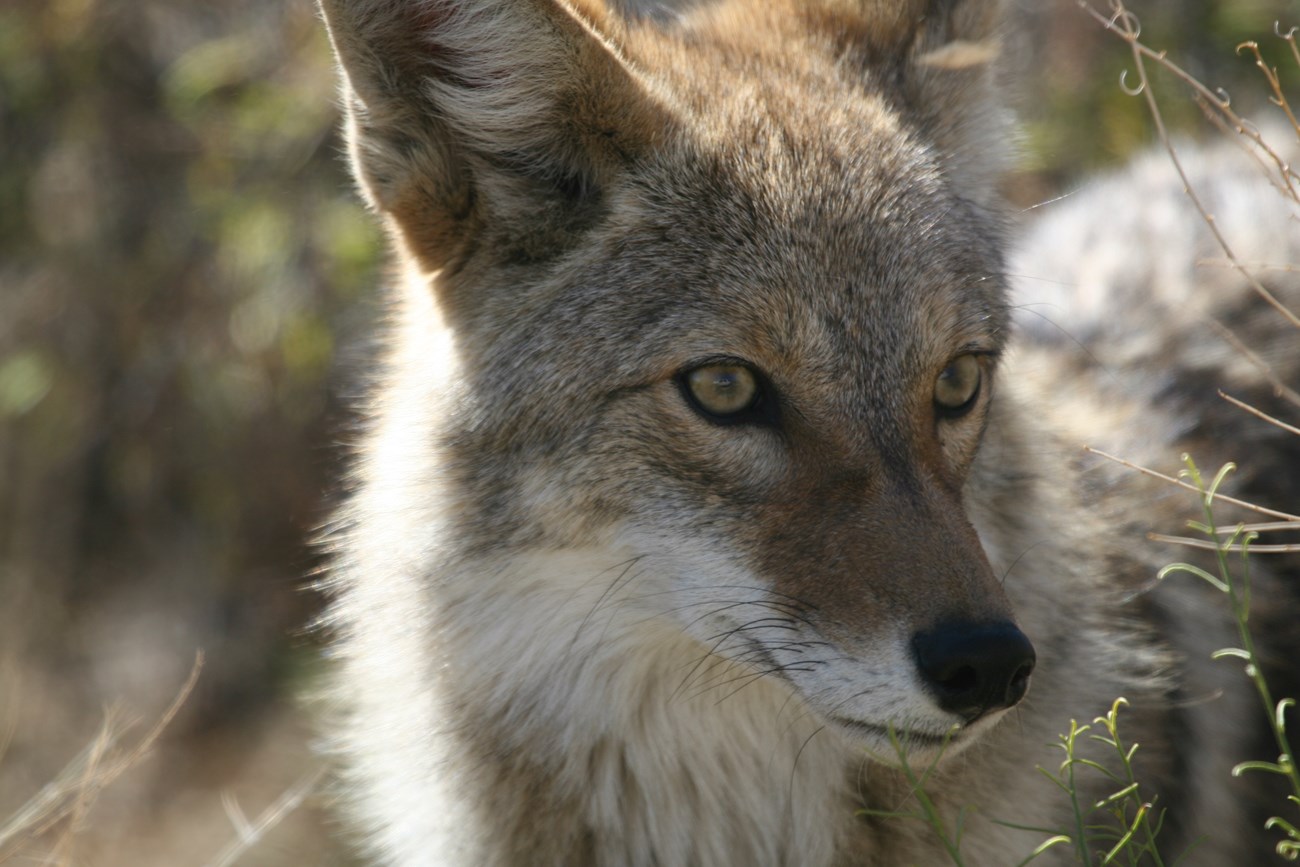
NPS / Michael Vamstad The chief obstacles to survival in the desert are lack of water, shortage of food, and extreme temperatures. Mammals, including humans have the ability to maintain a constant body temperature regardless of external conditions. This has advantages and disadvantages in the desert. Mammals can endure a large range of air temperatures, but are unable to tolerate even a small change in body temperature without encountering problems. When most mammals get hot they perspire, and the evaporation of this water cools them down and helps maintain a constant body temperature. Some mammals use panting to produce the same effect. Both methods work well, but they have an important drawback for life in the desert. They involve substantial loss of water. Where water is in short supply, animals must minimize water loss. Thus, few desert mammals use perspiration or panting as their main method of keeping cool. Because scarcity of food in the desert limits the number of large mammals that can be supported, most desert mammals are small. Being small has its advantages and disadvantages. Rodents can burrow into the ground or hide in rocky crevices to avoid the mid-day heat. But their small body size means that they can gain or lose body heat rapidly. Many of them plug the entrance to their burrows to keep out the hot, desiccating air. Most small mammals make the most of the positive side of being small, spending the day in burrows and emerging at night when the temperature drops to a more comfortable level. The larger mammals, such as mule deer and mountain sheep stay close enough to springs to be able to drink daily. A few desert mammals, such as the round-tailed ground squirrel, a diurnal rodent, enter a state of aestivation when the days become too hot and the vegetation too dry. They sleep away the hottest part of the summer. They also hibernate in winter to avoid the cold. Many of our Joshua Tree mammals are paler in color than their relatives in more moderate environments. Pale colors not only ensure that the animal will absorb less heat from the environment, but help make it less conspicuous to predators in the bright, pallid landscape. Most desert mammals are herbivores and derive water directly from the plants they eat. Some, like kangaroo rats, have extreme adaptations enabling them to live without ever drinking water. They have super efficient kidneys that extract most of the water from their urine and return it to the blood. And much of the water that would be lost in breathing is recaptured in the nasal cavities by specialized organs. If that weren’t enough, kangaroo rats actually manufacture water metabolically from the digestion of dry seeds! Mammal ListThis list of mammals includes both park natives and species, such as house mice, that have arrived with increased human occupation. It was originally compiled by Harold DeLisle, Ph.D. for the National Park Service Inventory and Monitoring Project with updates provided by USGS and the San Diego Natural History Museum.
| |||||||||||||||||||||||||||||||||||||||||||||||||||||||||||||||||||||||||||||||||||||||||||||||||||||||||||||||||||||||||||||||||||||||||||||||||||||||||||||||||||||||||||||||||||||||||||||||||||||||||||||||||||||||||||
Last updated: September 23, 2024
